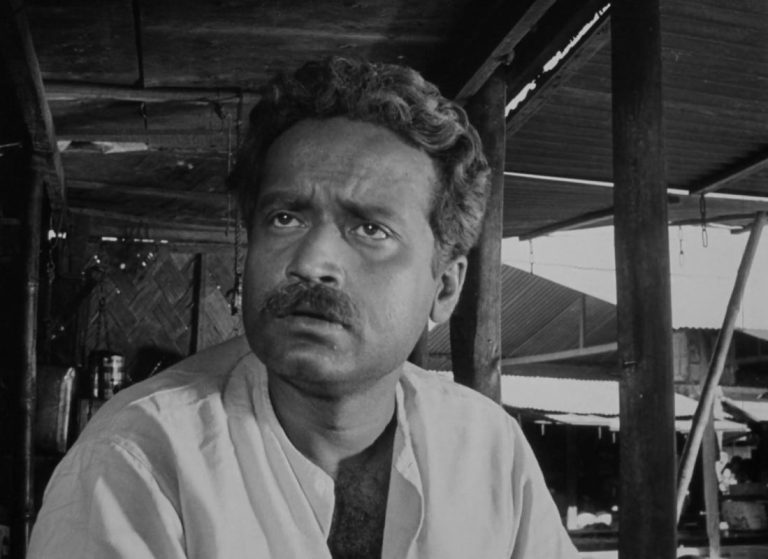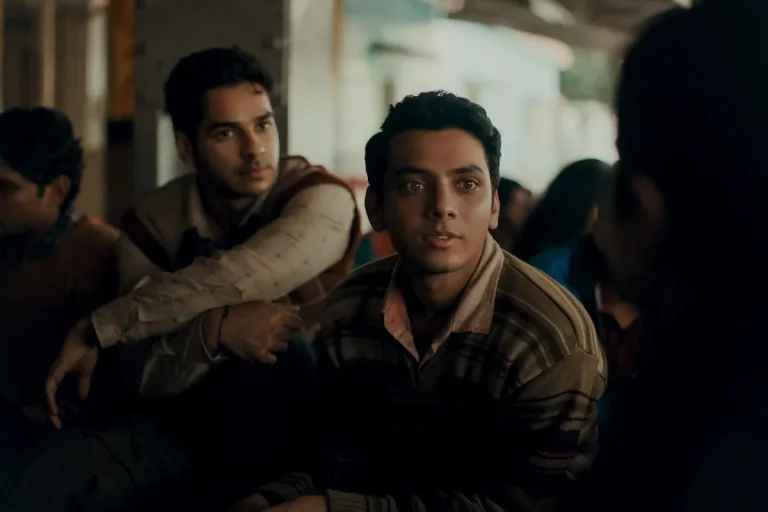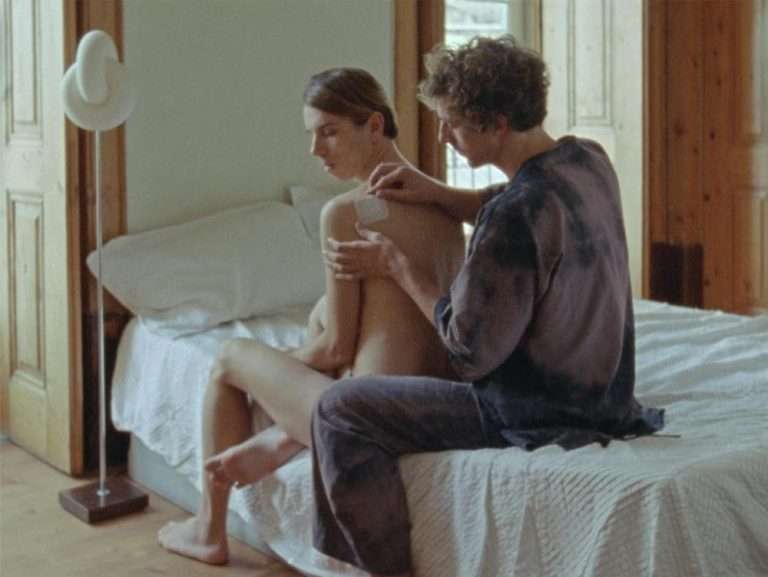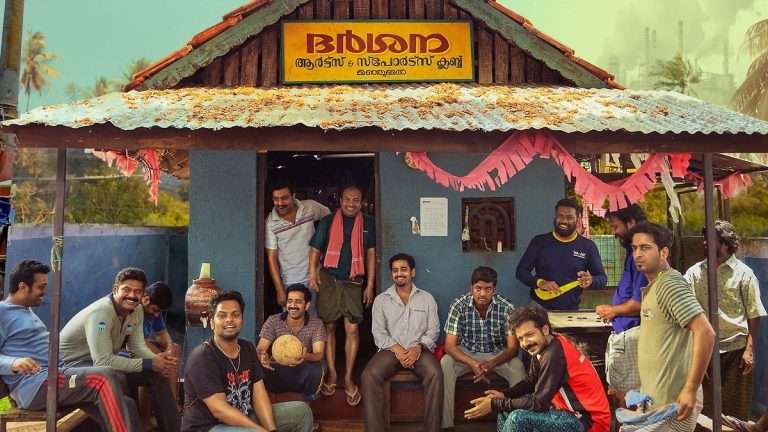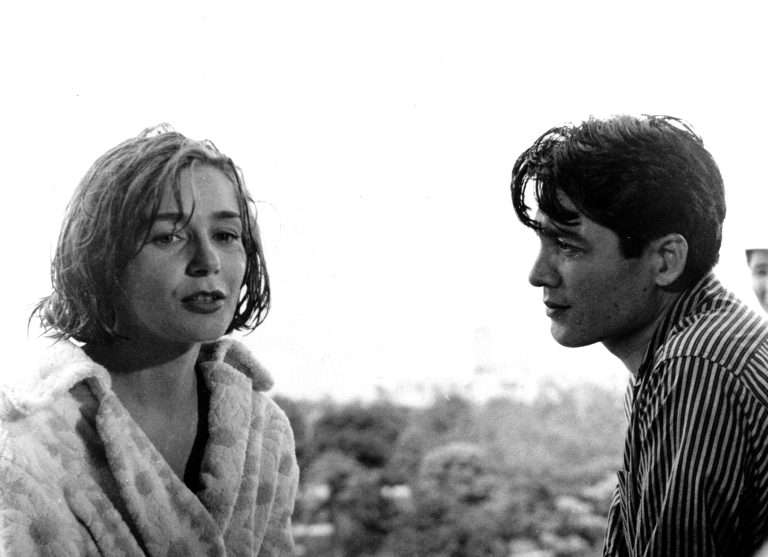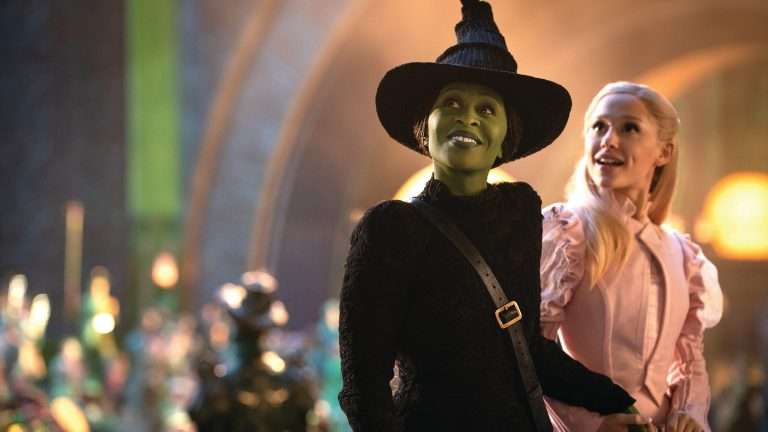When you watch a Quentin Tarantino movie, you just instantly know it’s a Tarantino movie. The bombastic violence, verbose quotes, integration of surprising upbeat music into the scenes, and snappy dialogues that prompt an abundance of giggles, all these characteristics are unmistakably Tarantino and are usually prevalent in his films. While having a distinct style that makes you a unique voice in the realm of filmmaking isn’t necessarily a bad thing, it definitely questions your versatility.
When I first got into films, I used to dig Tarantino’s style. However, as I watched and explored different cinema, I fell off the Tarantino bandwagon. I was the biggest “Pulp Fiction” and “Inglourious Basterds” fanboy (I still am). But as I grew up, his off-camera rockstar persona really irked me. Moreover, I got tired of seeing Tarantino-esque bloody violence on screen. This was when I rewatched “Jackie Brown,” and it was the movie that redeemed Tarantino in my eyes; it was the film that made me realize that he has a beating human heart to back all that filmmaking fanboyism.
Alright, enough talks about my personal volatile dynamics with Tarantino as a filmmaker. This article is titled “Why Jackie Brown Offers a More Authentic Hangout Experience Than Once Upon a Time in Hollywood,” so let me get into that. If two movies in Tarantino’s filmography are considered fine hangout experiences, they are “Jackie Brown” and “Once Upon a Time in Hollywood.” These two movies are outliers in the bloody filmography of Tarantino. While “Once Upon a Time in Hollywood” is definitely a good hangout experience, I find “Jackie brown” to be a more authentic hangout experience. Why so? Let me explain in detail.
‘Jackie Brown’ has better characters than ‘Once Upon a Time in Hollywood’
What makes a good hangout cinematic experience? The characters, right? “Jackie Brown” has much more interesting characters than “Once Upon a Time in Hollywood.” Well, that’s not to say that the characters in the latter are weakly written; it’s just that the characters of “Jackie Brown” are more interesting. Don’t believe me? Alright, let me give you a quick test: pause any scene in “Jackie Brown”; if the camera is on a character’s face, you know exactly what they are thinking and what they are about. They are real human beings who have lived full lives and just want to score a little extra. They are jaded but not bitter or cynical. Furthermore, they are waiting for the right opportunity to make a move because that’s how life is – a whole lot of nothing until the right moment to strike comes around.
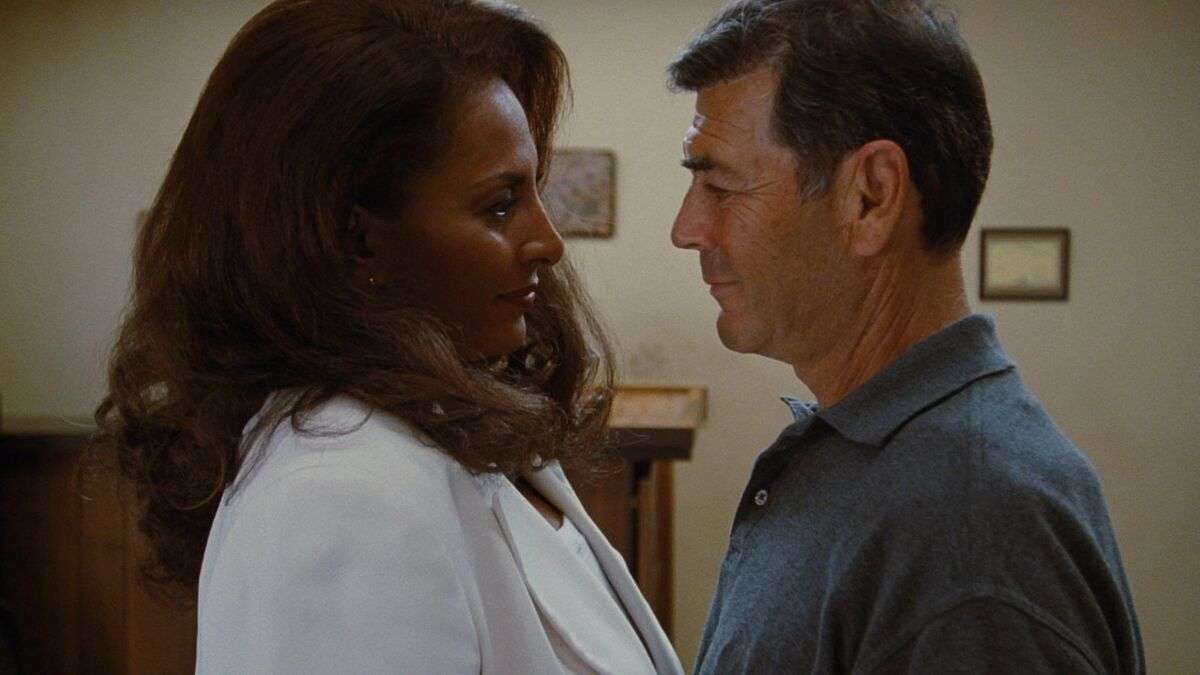
I never get tired of watching these characters be themselves. They don’t scream or shout or go on a rant about how their lives suck. They are just continuing to live their life because they don’t have any other option. Now, I am not saying that Cliff Booth, Rick Dalton, and Sharon Tate are non-authentic characters. They are good for what they are. However, with these characters, Tarantino is more interested in history lessons and revisionism.
There is no such baggage with “Jackie Brown.” Hence, the characters leave a more profound mark on the memory of the audience. The director, the script, and the editor have the patience to examine everyone’s story in “Jackie Brown.” There is no rush to get to some bloodbath, and I love bloodbaths in Tarantino’s movies, don’t get me wrong. Still, when it comes to more interesting characters, “Jackie Brown” easily overpowers “Once Upon a Time in Hollywood.”
Jackie Brown is the best Tarantino Female Character
It goes without saying that Tarantino writes incredible female characters– whether it is Shosanna Dreyfus from “Inglourious Basterds,” the invincible bride from “Kill Bill,” or the stunt ladies from “Death Proof,” all his female characters are instantly iconic. However, “Jackie Brown” comes off as more believable than any of the aforementioned female characters. This is because she works at a tedious, low-paying job with no proper pension in sight.
To get by, she does some illegal side hustles for extra bucks. Her options, especially as a middle-aged woman, are limited. So, of course, she’s going to take down that major score. Now, Tarantino also shows Sharon Tate hanging out in “Once Upon a Time in Hollywood.” Tarantino wanted her to just live, have fun, go out to watch her own movies, sing, and dance. He was giving her the life she was denied on “that fateful day,” probably out of respect. But then, it also takes the realism out of the story, which never happens in “Jackie Brown.”
The narrative in “Jackie Brown” is about people (especially Jackie herself) sitting around waiting for an opportune moment to come along because there is nothing better to do. It is kind of like hanging out in real life. That is why it works because life is presented to the audience in a manner that mirrors their own. On the contrary, with her limited screen time, Sharon Tate is doing everything opposite of mundane. She is living her life to the fullest. This is fitting in the movie’s context, but is it a more authentic hangout experience than “Jackie Brown”? Well, I don’t think so.
‘Jackie Brown’ is the Least Tarantino-esque Tarantino Movie
For better or for worse, every Tarantino movie character sounds like him – too ‘cool’ while responding to any confrontation. Plus, it is mandatory for a Tarantino movie to have one scene where characters engage in bloody action. “Jackie Brown” steers away from these Tarantino stereotypes. Women and men talk in a naturalistic manner since it is an Elmore Leonard adaptation. There’s no bloody violence or cool quotes. Characters murder out of frame or in the background. There is an objectivity here that counters Tarantino’s usual hyper-stylized subjectivity. Tarantino is restrained here, even resisting the urge to do an obnoxious cameo this time. There is just none of his distractions, allowing the 70s noir/exploitation vibe to carry the story. The best hangout experience is when you realize that you are not watching the movie but chilling with its characters instead. And “Jackie Brown” essentially provides you with that.
While “Once Upon a Time in Hollywood” is a very competent hangout movie, some elements take you out of the hangout experience and give the striking realization that this is a typical Tarantino movie you are watching. Cliff Booth and Rick Dalton are barely relatable or believable. I mean, Leo’s Dalton is definitely a loser who wears a facade of happiness to hide his insecurities. Still, there is something lacking in the writing that makes the character more human, or maybe the human elements were from his late editor Sally Menke challenging him?
Anyway, the characters and storyline in “Once Upon a Time in Hollywood” don’t give you enough meat to have a hangout experience. Pitt’s Cliff Booth is moping around in some scenes, being the coolest guy ever, and Margot’s Sharon Tate is having fun, but that’s it. It ends with a bloodbath; there are some intentionally snappy lines that are a trademark of Tarantino, but the characters lack relatable human traits.
“Jackie Brown” still has some Tarantino quirks, including his excellent integration of music into scenes. The music in “Jackie Brown” isn’t a crutch for style (unlike “Once Upon a Time in Hollywood,” apologies to all fanboys/ fangirls), but an extension of character. The song playing tells who these people are, and it communicates what’s going on in their heads. There’s even a quasi-Rashomon movie within this movie, showing us the heist but retold from each character’s POV to give us a bigger picture of how the money swap went down. It has Tarantino’s usual trademarks, such as non-linearity and chapters, but with more gravitas and maturity than “Once Upon a Time in Hollywood,” which is genuinely shocking considering this was his third feature-length movie.
‘Once Upon a Time in Hollywood’ Gives more Emphasis on Style, and ‘Jackie Brown’ Gives more Emphasis on Substance
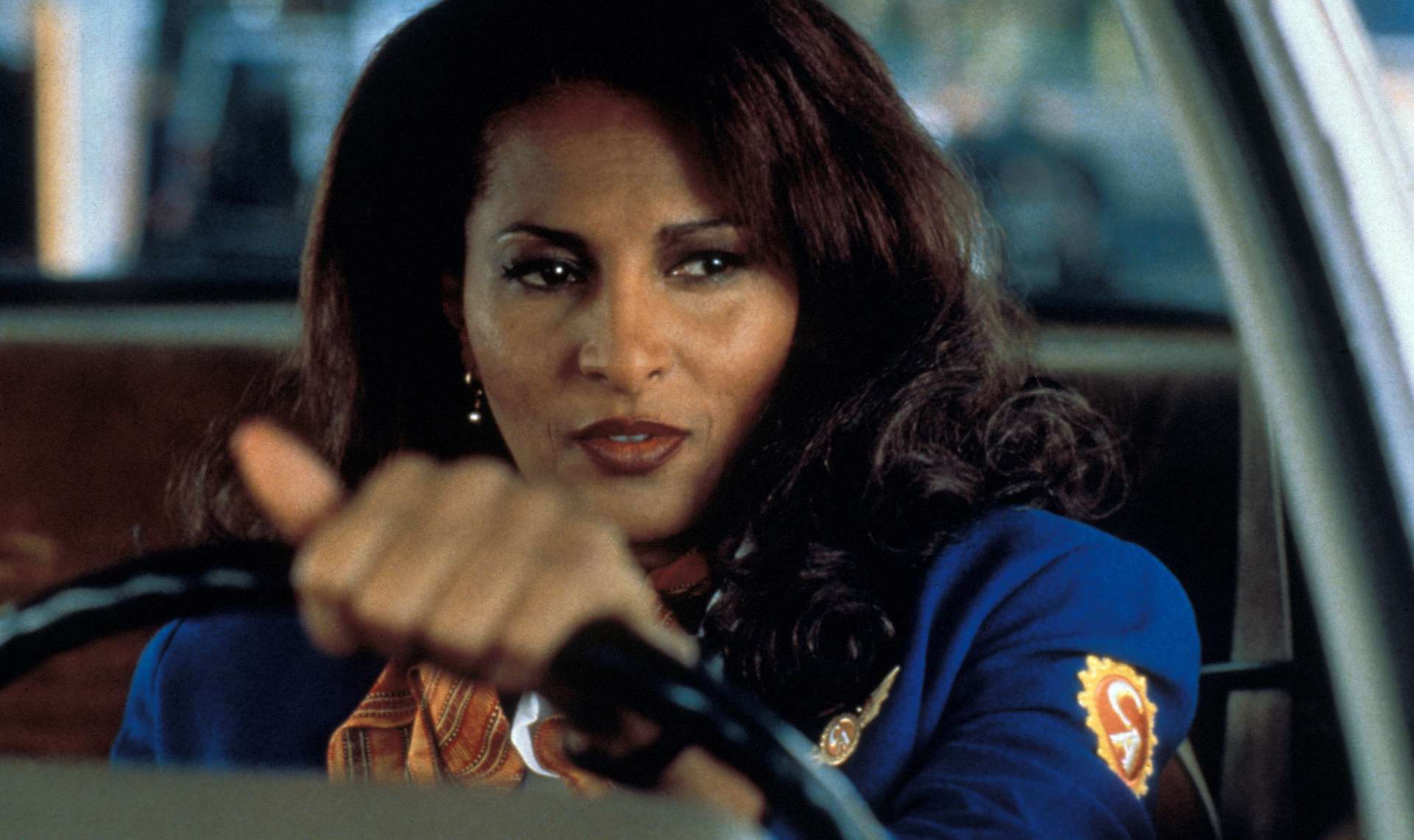
Does a hangout movie need substance to be good? I think, yes. Maybe substance is not the correct word here, but what I mean is, if we are to hang out with the characters of a movie, then they might as well be in a world worth investing your time. “Once Upon a Time in Hollywood” is dripping in style, from the recreation of 1969 Hollywood to the building of all sets. Everything is top-tier, but does it have enough substance to engage the viewer to hang out with all the characters? I think not. I think only the second half of “Once Upon a Time in Hollywood” offers something for us to invest in.
Everything related to Charles Manson and his cult is worthy. However, the journey to get there can be extremely trudging. Before that, all you have is the glamorous and gritty world of 1969 Hollywood, in which Cliff Booth and Rick Dalton engage as part of a narrative that is a complete hodgepodge of several elements that do not mesh together. These are bullet points compared to a journey if you ask me.
On the contrary, “Jackie Brown” thrives in an abundance of substances. There is a fine line between paying homage because you genuinely admire something and then paying tribute to the point of overindulgence. Tarantino usually wants to create a hyperreality in his narratives (including “Once Upon a Time in Hollywood”) without concern for being grounded.
When Tarantino isn’t fetishizing Bridget Fonda’s legs, he inserts his gaze with Robert Forster’s gaze: when Forster’s Max Cherry looks at Brown, it is Tarantino barely hiding his admiration for Pam Grier. This is a genuine homage, real substance. This is a kid finally able to direct and pay respect to his childhood idol. Tarantino has his camera linger on the faces of these aging icons- going against every marketing rule of highlighting young and attractive eye candy. Again, more substance. It has a director going against all norms to showcase a story that he wants to tell from his heart so it reaches the audience’s heart.
Final Word:
In a nutshell, “Jackie Brown” is a movie that comes off as a shocker from the director. It is a movie you can chill with, hang out with its shady characters, and be empathetic towards them. While “Once Upon a Time in Hollywood” gives a unique hangout experience with interesting characters, set designs, and music, “Jackie Brown” aces it in every possible aspect for me and reigns supreme over it as a more authentic hangout experience. I never thought Tarantino had the maturity and heart to make a film like that, but with constant revisits of it, he has proved me wrong. So, well done, Jerome! Take this as a big win!



